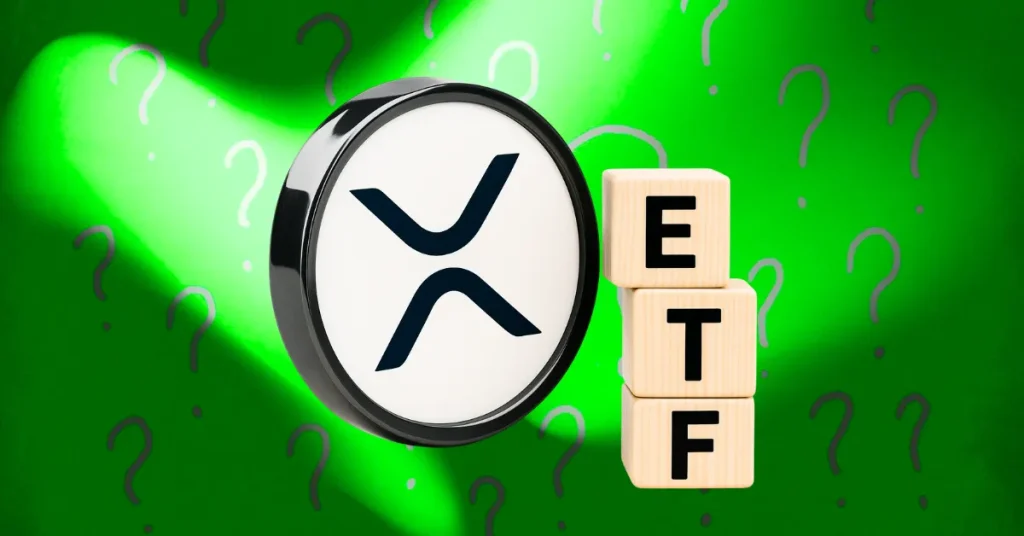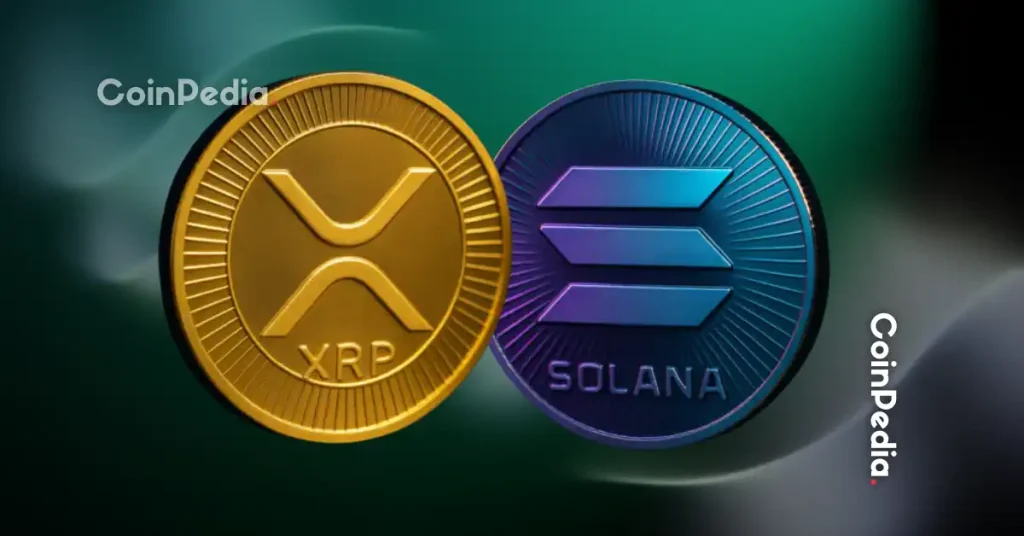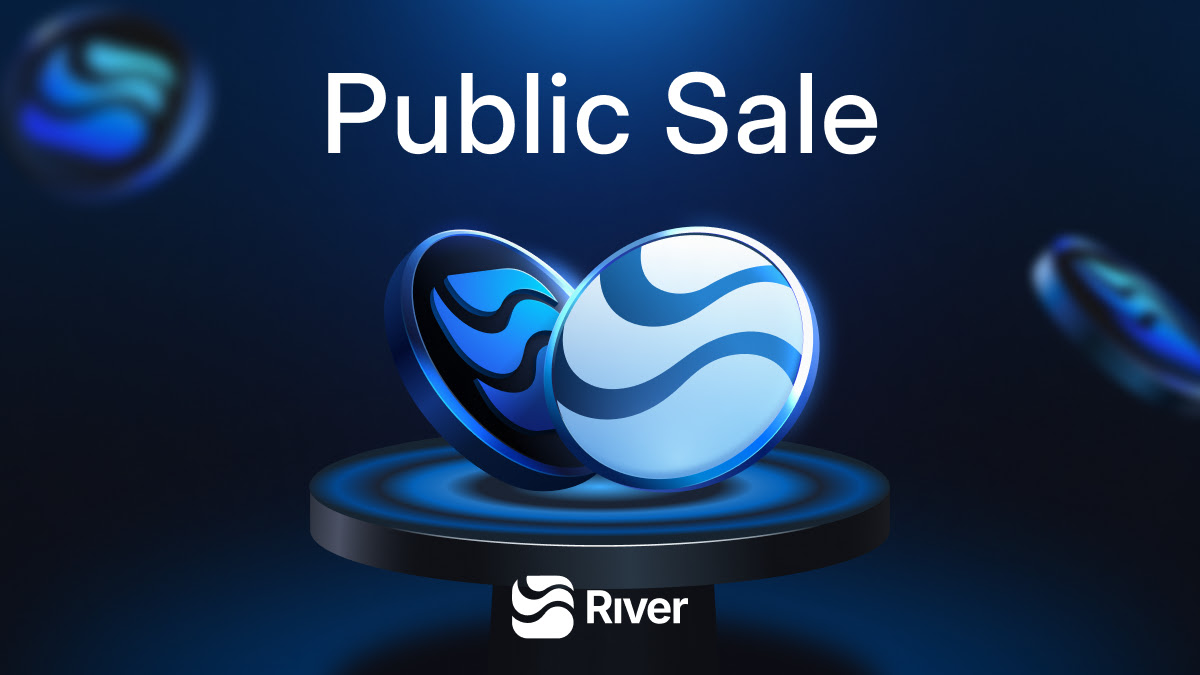As the Web3 ecosystem continues to expand, smart contracts are increasingly being used to power decentralised applications (dApps) across finance, gaming, supply chain, insurance, and more. However, a critical limitation remains: smart contracts cannot access data outside the blockchain on their own. This is where Oracles come into play. Acting as secure bridges between on-chain and off-chain environments, oracles are foundational to the utility, security, and growth of the Web3 space.
What Are Oracles in Web3?
In simple terms, Oracles are services or protocols that feed external data into blockchains, allowing smart contracts to utilise that information to execute functions. Since smart contracts are deterministic and cannot pull data from outside the blockchain, oracles provide a trusted mechanism for bringing in real-world inputs such as:
- Price feeds (e.g., ETH ($3,999.39)/USD)
- Weather conditions
- Sports scores
- Random number generation
- Identity verification
- IoT sensor readings
Oracles can also push data back out to external systems, enabling interaction with traditional web infrastructure or legacy financial systems.
Why Are Oracles Critical to Web3?
- Enabling Real-World Use Cases
Without oracles, blockchains are closed environments. This limits smart contracts to basic operations involving only on-chain data. Oracles unlock real-world utility by enabling the development of dApps that rely on external information. For example:
- DeFi protocols like Aave and Compound depend on accurate price feeds from oracles to manage loans and liquidations.
- Parametric insurance smart contracts rely on weather oracles to trigger payouts based on rainfall, droughts, or storms.
- NFT ($0.00) games use oracles to incorporate randomness for loot boxes or game logic.
Oracles essentially act as the data gateways that connect blockchains to the outside world, enabling advanced logic and dynamic dApps.
- Maintaining Trust and Security
Web3 promotes decentralisation and trustless environments. Oracles must align with this ethos to avoid becoming a single point of failure. A centralised oracle that provides false data can cause massive disruptions, such as incorrect liquidations in DeFi protocols or fraudulent insurance claims.
This is why decentralised oracle networks (DONs) like Chainlink, API3, Witnet, and Band Protocol exist. These platforms aggregate data from multiple sources and validators to deliver reliable, tamper-resistant data to smart contracts.
- Boosting Composability and Interoperability
Web3 thrives on composability, the concept that applications can be easily integrated with one another, much like modular building blocks. Oracles enhance composability by providing common data layers that multiple dApps can access. This helps avoid fragmentation and ensures consistency across protocols.
Moreover, oracles are pivotal for cross-chain interoperability. They enable smart contracts on various blockchains to communicate by relaying messages and data between them, often serving as the backbone for bridges and multi-chain applications.
Types of Oracles in Web3
Not all oracles are created equal. Different use cases require different types of oracles:
- Inbound Oracles: Bring data into the blockchain (e.g., price feeds, weather data).
- Outbound Oracles: Send data from the blockchain to external systems (e.g., triggering payments or IoT devices).
- Software Oracles: Pull data from APIs, databases, or web apps.
- Hardware Oracles: Extract data from physical sensors or devices.
- Consensus-based Oracles: Use multiple data sources and validators to reach agreement on the accuracy of information.
Some oracles are push-based (actively sending data) while others are pull-based (responding to data requests). The oracle architecture chosen depends on latency, cost, and security needs.
The Chainlink Example
Perhaps the most well-known oracle network is Chainlink, which has become an integral part of many DeFi platforms. It works by incentivising a decentralised network of node operators to fetch, validate, and deliver data to smart contracts. It supports multiple blockchains and offers features like:
- Data aggregation
- Verifiable randomness (VRF)
- Proof of reserve
- Cross-chain interoperability protocol (CCIP)
Chainlink’s approach exemplifies how oracles must evolve beyond simple data relays into multi-functional infrastructure layers for Web3.
Related article: Best Long-Term Crypto Buys Post July 2025 Based on Institutional Behavior
Future of Oracles in Web3
As Web3 matures, the role of oracles will only become more important. Emerging trends include:
- AI-integrated oracles: Providing intelligent data validation or predictive analytics.
- Zero-knowledge (ZK) oracles: Delivering privacy-preserving data inputs.
- Event-driven oracles: Triggering on-chain actions based on specific off-chain conditions.
Additionally, oracles are expected to power a new wave of real-world asset (RWA) tokenisation, bringing equities, commodities, and property into the blockchain world by feeding in verified ownership, pricing, and legal data.
Conclusion
Oracles are the unsung heroes of Web3 infrastructure. They solve the critical problem of data isolation by enabling blockchains to interact with the real world in a secure, decentralised, and verifiable way. Without oracles, most smart contracts would remain static and limited in their functionality. With them, the full potential of Web3, decentralised finance, autonomous organisations, global gaming economies, and beyond becomes achievable. As the ecosystem evolves, so too will oracles, playing an ever more central role in bridging the digital and physical worlds.
The post Explained: What Makes Oracles Essential to Web3 Infrastructure? appeared first on FXcrypto News.

























 24h Most Popular
24h Most Popular








 Utilities
Utilities